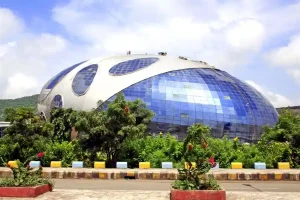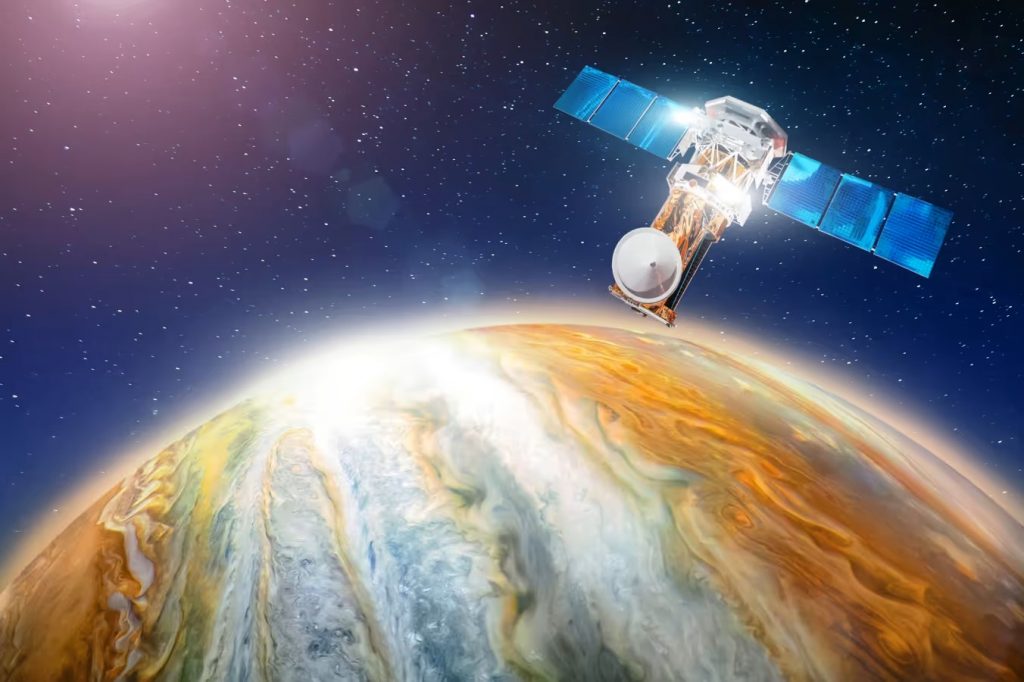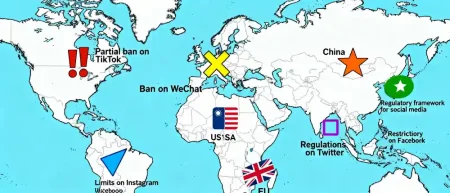The ₹1236-crore Venus Orbiter Mission has been approved by India’s Union Cabinet. Adarsh takes you through all the details…
The Indian Space Research Organization (ISRO) is preparing to launch its first mission to Venus. After the Mars Orbiter Mission (MOM) launched in 2013, this is ISRO’s second interplanetary mission. The mission – titled Shukrayaan-I, after the Sanskrit term for Venus –will mainly focus on analyzing Venus’s atmospheric composition, studying its geological structure and exploring any seismic or volcanic activity.
The total project will cost ₹1236 crores and is set to launch on 29th March, 2028. With a flight time of 112 days, the VOM will have 16 Indian payloads, two international collaborative payloads and one international payload.
Mission Overview and Objectives
According to ISRO, this mission will help scientists understand the planet’s extreme environment as well as the evolution of planets with thick atmospheres. The Venus Orbiter Mission (VOM) could shed light on Earth’s atmospheric changes and long-term climate behaviour.
The mission’s aim is to gather information on:
- Venus’s thick atmosphere, which consists mainly of carbon dioxide with clouds of sulfuric acid.
- Its surface and geological structures, to detect signs of volcanic activity and tectonic processes.
- Its interaction with solar winds, shedding light on its ionosphere and how the Sun affects planetary atmospheres.
Aerobraking and Payloads
Shukrayaan-1 will carry a 100-kg payload which includes advanced scientific instruments from India as well as collaborating international agencies. Among these are high-resolution radar, infrared and ultraviolet cameras, and sensors designed to study various atmospheric and surface features.
Along with 16 Indian payloads, there is the VIRAL (Venus InfraRed Atmospheric gases Linker) instrument that is developed by Russia. There are also two collaborative payloads: the Venus Ionospheric and Solar Wind particle AnalySer (VISWAS) developed with a Swedish institute and Radio Anatomy of Venus Ionosphere (RAVI) developed in partnership with Germany.
A major innovation in this mission is aerobraking which relies on atmospheric drag to reduce the spacecraft’s speed. This will allow Shukrayaan-I to gradually lower its orbit around Venus without requiring additional fuel. The process requires careful balance because if the orbiter descends too quickly, it will burn up due to Venus’s extreme temperatures and if it descends too slow the desired orbit would take too long.
Once Shukrayaan-1 reaches a stable orbit which is around 300 kms from Venus’ surface, it will be in an ideal position to conduct its investigations.
Why the Focus on Venus
Venus is often referred to as Earth’s twin because of their similar size and composition. The planet’s surface temperature is around 462°C, which is much hotter than Mercury, due to an intense greenhouse effect, transforming it into a desert-like world. Unlike Earth, Venus has an atmosphere dominated by carbon dioxide, with thick clouds of sulfuric acid, and a surface pressure around 100 times that of Earth.
It is believed that Venus may once have had liquid water but a runaway greenhouse effect caused its oceans to evaporate and turned it into its current, hostile climate. The data from Shukrayaan-1 will help scientists compare Venus’s climate with Earth’s, which will in turn shed light on atmospheric changes and the potential risks of Earth’s climate change.
Challenges of Exploring Venus
Exploring Venus is challenging because of its high surface temperature and dense, acidic atmosphere. Shukrayaan-I will encounter temperatures that can melt lead and pressures much more than those in Earth’s deepest oceans. These extreme temperatures make long-term operations challenging, requiring advanced engineering and thermal protection systems to keep the orbiter active.
Another complication is Venus’ dense cloud cover which prevents visual observation of the surface. Shukrayaan-I will come equipped with radar imaging technology, which will let it ‘observe’ through the thick clouds and map the terrain.
The Last Word
Following the success of the Mars Orbiter and the lunar missions (Chandrayaan-1 and -2), a successful Venus mission will cement India’s place among the few countries to explore multiple planets.
Due to its hostile conditions, Venus remains one of the least explored planets so this mission will help us understand questions about the evolution of terrestrial planets and provide insights relevant to Earth’s climate and potential future.
In case you missed:
- SpaceX’s Starship: A Heavy-Lift Future for 2026
- India’s AI Ambitions in the Spotlight amidst DeepSeek’s Disruption
- India’s Tech Renaissance: From Follower to Global Trendsetter
- Game Review: Assassin’s Creed Shadows
- Presenting Wiz: Google’s $32 Billion Push on Cybersecurity
- From Curiosity to Utility: Inside 1.5 million ChatGPT Conversations
- Suicide Notes, Extreme Diet Plans: ChatGPT’s Unfiltered Answers to Teens
- Samsung’s Galaxy S25 Phone Might Shape the iPhone 17 Air
- Reddit launches AI-Powered ‘Answers’ Feature in India
- Agentic AI could be the Breakthrough Indian SMBs were Waiting For












